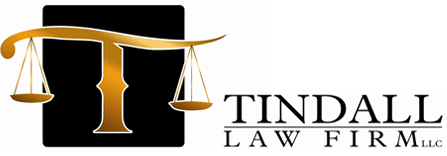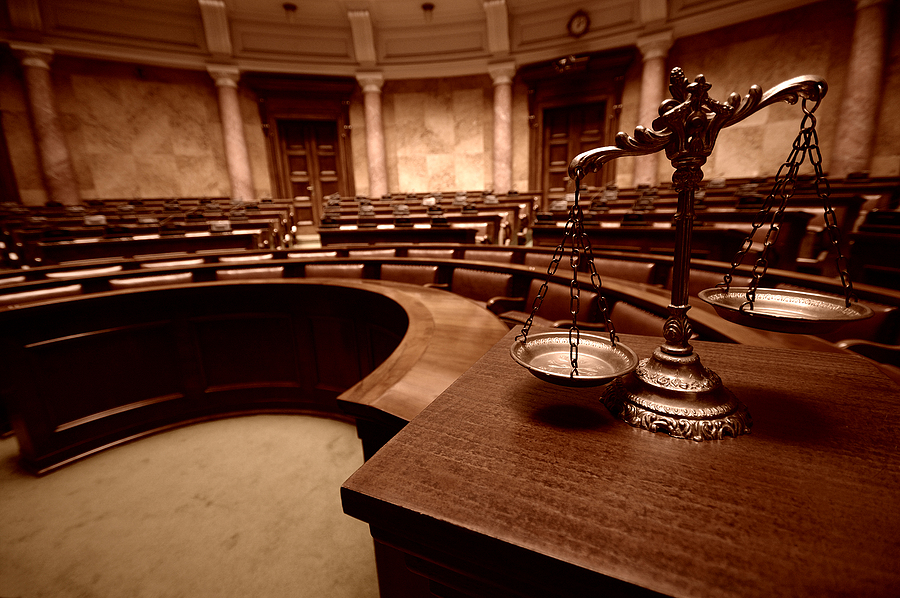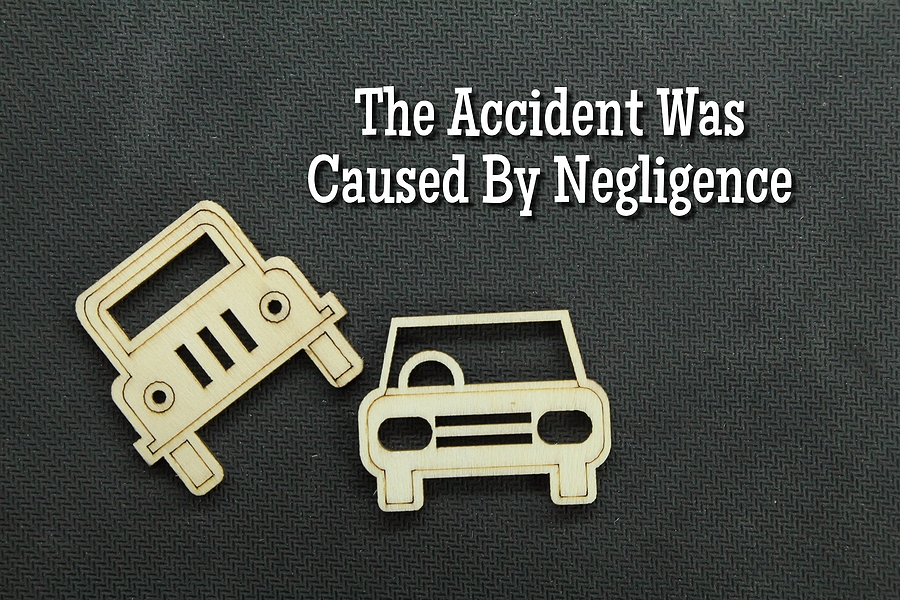Injured During Protest – What are your options?
A Tradition of Excellence
 Sampling of Successful Case Resolutions
Sampling of Successful Case Resolutions
 Read our answers to some frequently asked questions.
Read our answers to some frequently asked questions.
Statement
 View Our Mission Statement
View Our Mission Statement

New York to Approve Self-Driving Car Testing on Public Highways
July 6, 2017
Accidents and UBER – Where do you stand
September 5, 2017Most persons will avoid anxious crowds of protesters in a given situation. They may drive a different route or walk down a street a block away, but what happens if you cannot avoid the crowd and you are injured? Through no fault of your own, you are traveling to home or work and it happens. Do you have legal right to be compensated for your injury? Who do you go after for compensation?
Recently, as many of you have heard, there was a violent protest in Charlottesville. Sadly, lives we lost and others were injured. Now two of the persons injured in the attack are suing a number of persons – including the alleged attacker and the organizer of the event.
” Tadrint and Micah Washington filed the suit in Charlottesville Circuit Court. The defendants include James Alex Fields Jr., the man accused of driving his vehicle into a group of counter-protesters, killing one and injuring more than a dozen others; Jason Kessler, the organizer for the “Unite the Right” rally that turned violent; and a list of several conservative and alt-right groups and people.”
“The victims were in the car that the suspect’s car crashed into while plowing through a group of protesters on Saturday. They are claiming serious injuries from the attack, as well as civil conspiracy and negligence from the organizers.”
For full story visit http://www.nbc12.com/story/36141009/unite-the-right-organizer-accused-charlottesville-attacker-named-in-3m-lawsuit
In the United States, you have the right to assemble and peacefully protest against the government as you see fit. Derived from the First Amendment to the U.S. Constitution, you can assemble and engage in peaceful protest in a public space. That means sidewalks, streets, public squares, and parks, just to name a few. Along with that right, the government can place reasonable restrictions on your speech activities known as “time, place, and manner” restrictions. One such example is requiring you to have a demonstration permit before a large group assembles to march down a major public street or when a gathering of protesters agree to march on Washington D.C. during a contentious presidential inauguration. These types of restrictions are considered “reasonable” because the Supreme Court has found they are not based on the content of the speech.
In Connecticut, organizers must file an application for demonstrations and pay a $50 fee.
When does a protest become unlawful assembly?
Per Connecticut General Statutes Title 53A. Penal Code § 53a-177. Unlawful assembly: Class B misdemeanor. A person is guilty of unlawful assembly when he assembles with two or more other persons for the purpose of engaging in conduct constituting the crime of riot, or when, being present at an assembly which either has or develops such a purpose, he remains there with intent to advance that purpose.
What is disorderly conduct?
Connecticut General Statutes Title 53A. Penal Code § 53a-182. Disorderly conduct: Class C misdemeanor. (a) A person is guilty of disorderly conduct when, with intent to cause inconvenience, annoyance or alarm, or recklessly creating a risk thereof, such person: (1) Engages in fighting or in violent, tumultuous or threatening behavior; or (2) by offensive or disorderly conduct, annoys or interferes with another person; or (3) makes unreasonable noise; or (4) without lawful authority, disturbs any lawful assembly or meeting of persons; or (5) obstructs vehicular or pedestrian traffic; or (6) congregates with other persons in a public place and refuses to comply with a reasonable official request or order to disperse; or (7) commits simple trespass, as provided in section 53a-110a, and observes, in other than a casual or cursory manner, another person (A) without the knowledge or consent of such other person, (B) while such other person is inside a dwelling, as defined in section 53a-100, and not in plain view, and (C) under circumstances where such other person has a reasonable expectation of privacy.
So, do we hold the organizers of the protest criminally or civilly responsible for the actions of the individuals? This question will be determined by the court system in Virginia, which is similar to our CT courts, but also has many different laws than in CT. Of course, the individual who plowed into the crowd with his car will be, and has been, charged criminally. As the police do their investigation others, who played a role in recklessly or intentionally inciting violence, likely will also be charged. The criminal authorities will use statutes in VA similar to the ones listed above. The prosecutors may even charge these individuals with a felony if the evidence shows their wrongful conduct and effect of that conduct rises to that level.
On the civil side, the focus will be upon the reckless and negligent conduct of those that set up this protest and whether what occurred resulting in injuries to other innocent parties was a reasonably forseeable result of the alleged wrongful conduct.
The injured parties for their negligence case will have to show that those being sued owed the injured parties a duty of care. In personal injury negligence law or tort law as it is called, a duty of care is a legal obligation which is imposed on a person requiring that that individual conduct all actions with reasonable care, while performing any acts that could foreseeably harm others. It is the first and most important criteria that must be established to proceed with an action in negligence. If a duty of care is established, then the injured parties must next demonstrate in court that the defendants violated that duty of care, and that this violation caused the injuries alleged.
To make a recklessness civil case, which often allows the imposition of punitive damages or double and treble damages, the injured party must show that the defendants consciously disregarded an obvious risk of danger to others around them with their wrongful actions, and this reckless act was a substantial factor in causing the injuries that are alleged to have occurred. It will be interesting to watch this case evolve.










